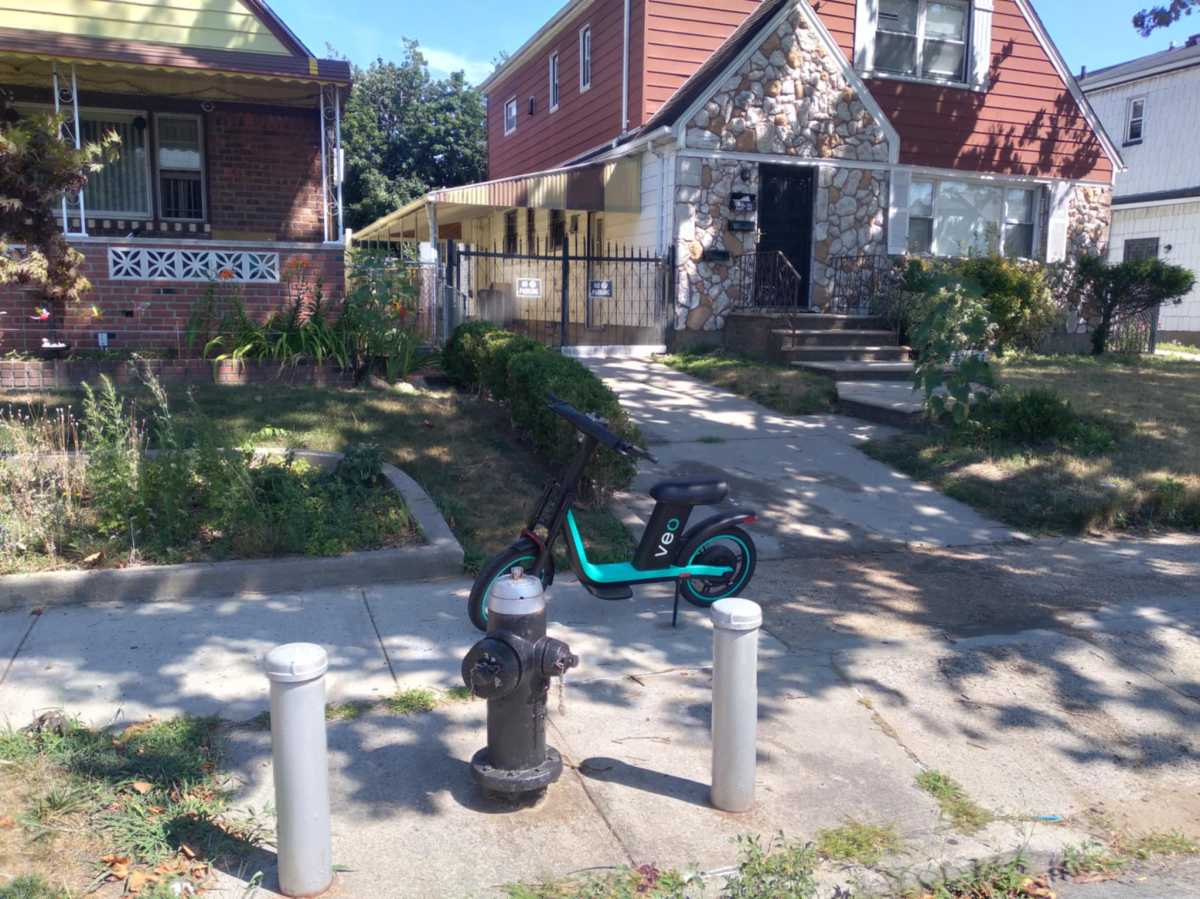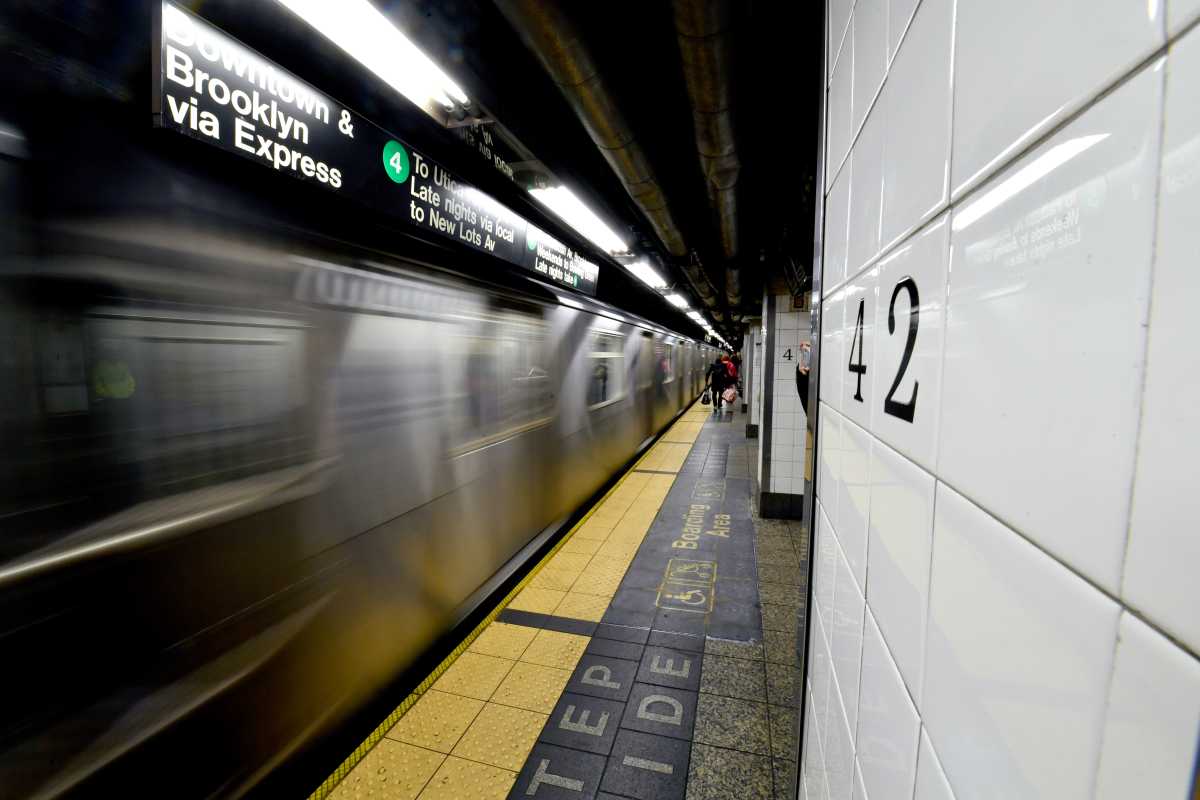Residents in southeast Queens have taken to social media to voice their complaints about the Department of Transportation’s (DOT) recent expansion of its e-scooter program into the area.
Many residents have posted on Facebook groups and other online forums to complain about the e-scooter program that launched on June 27. They argue that the program, which covers 20 square miles—from Flushing in the north to Springfield Gardens in the south—is unsafe and riders are not using the scooters properly. They say the scooters are being abandoned on the sidewalks and roadways in residential areas.
The BlaQue Resource Network Facebook group—a group with over 36,000 members primarily for Black residents in southeast Queens—has over 200 comments about the program. Some argue that the riders are reckless—failing to obey traffic laws—while others claim the scooters are being left on the streets and people’s front lawns.
But many are concerned about safety. “I don’t like them. Folks have no helmets riding them, speeding down Linden Blvd,” wrote Krystin Grant.
“My whole thing is safety. Who regulates the safety? Are helmets required? Do they have to stop at stop signs? Can they ride amongst traffic?” asked Randolph Smith in a comment.
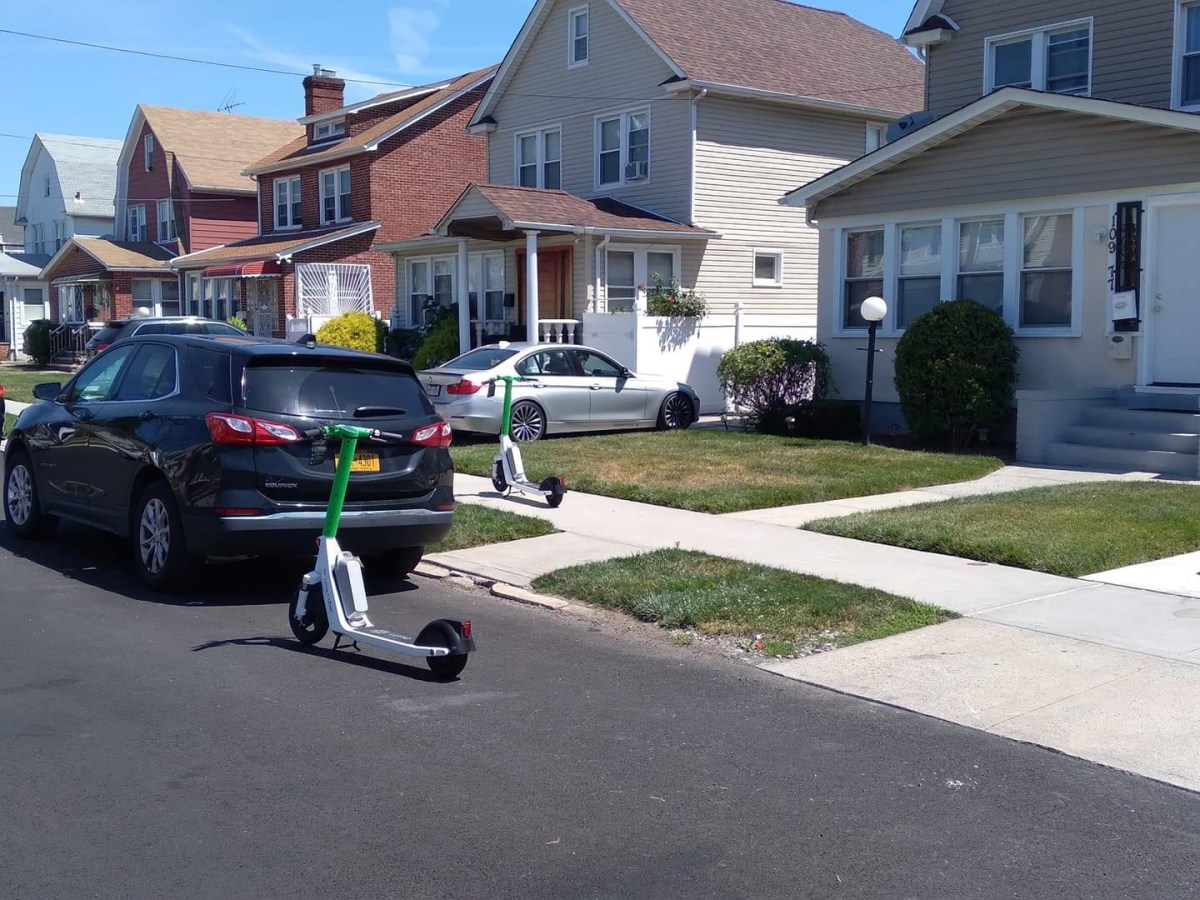
Jamaica local Micheal Page was also skeptical. Page told QNS via Facebook that the program is both an opportunity and a liability for the community. He said it is easy for others who have other modes of transportation to criticize the program, but that more needs to be done to retrieve and dock the e-scooters. “I believe that similar to Citi bikes, these items need a measure of accountability for retrieving and docking these items. Docking posts should be near major intersections and train station hubs and private home access should be avoided,” he said.
The complaints on the BlaQue Resource Network Facebook group are similar to those on the Queens Community Board 12 Facebook page. Photos were posted on July 10 of e-scooters strewn all over the residential sidewalks and randomly placed on the street. Commenters called the e-scooters an “eye sore,” with one person saying they are “invading the neighborhood.” Users shared that they have called 311 multiple times to have the scooters removed from in front of their homes.
Standalone e-scooters were parked in busy areas, including Blink Fitness on Farmers Boulevard and Papa John’s on Springfield and Merrick Boulevard in Springfield Gardens.
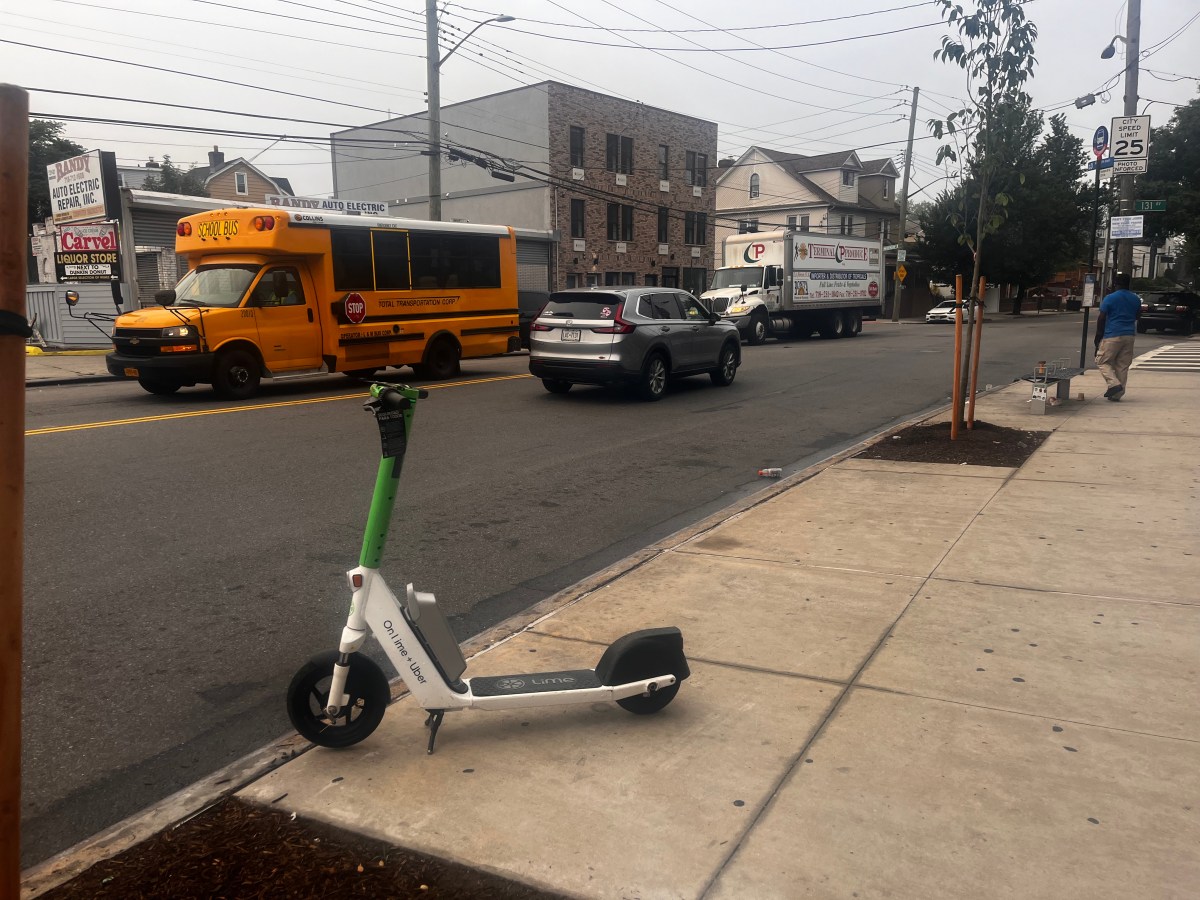
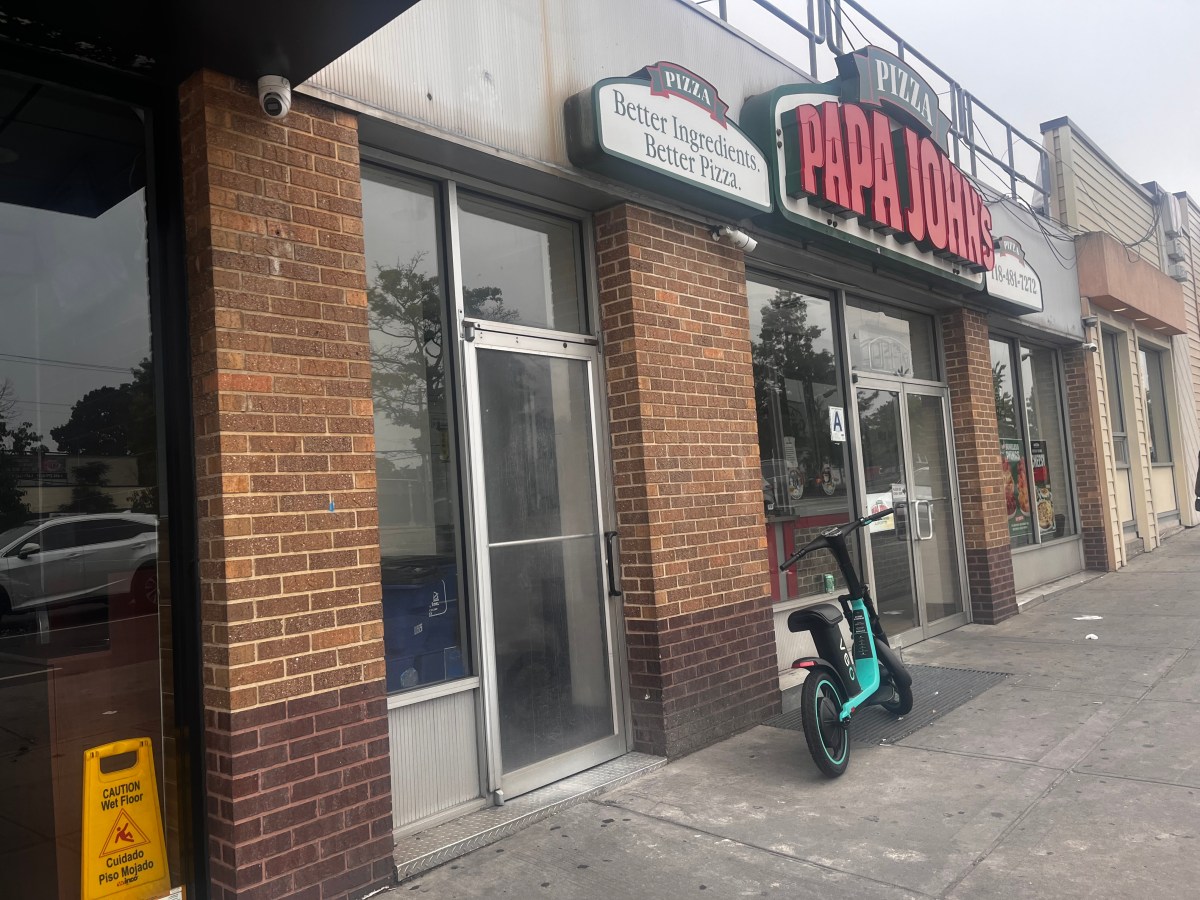
Representatives respond
Since the program was launched in the East Bronx in 2021, the DOT has recorded less than one crash per 10,000 trips. The program was expanded outside of the Bronx for the first time with its entry into southeast Queens. The e-scooter companies currently operating in the Bronx—Bird, Lime and Veo—are included in the Queens expansion.
Furthermore, Nicole Yearwood, senior manager of government relations for Lime, shared in a statement to QNS that the company is taking action to improve parking in Queens with an increased foot patrol, soliciting and monitoring feedback from community members and rectifying improperly parked e-scooters.
“Any time we are notified of a misparked e-scooter, we rectify it. Our operations team in the field proactively address misparked vehicles every day in the course of their work. This team of locally hired operations professionals constantly maintain and rebalance scooters so that they are available when and where they’re needed, checked for safety and organized and tidy on streets, and we are adding Foot Patrol staff to this already robust effort.” Yearwood said.
Yearwood added that although helmets are not required by law, Lime hosts in-person events that feature helmet giveaways and emphasize safe riding and parking practices.
Lime monitors how riders park, and riders can be subject to disciplinary action “that starts with friendly nudges and reminders, but can escalate to fines and even a ban from our platform for repeat offenders.”
Yearwood added that most feedback has been positive. “Ridership totals show strong demand for our e-scooters as safe, affordable and sustainable transportation options. We’ve also seen over 25,000 rides in Queens and 16,000 new rider sign-ups.” Lime is also aware of social media comments and responds to emails, calls and 311 within two hours as per program regulations.
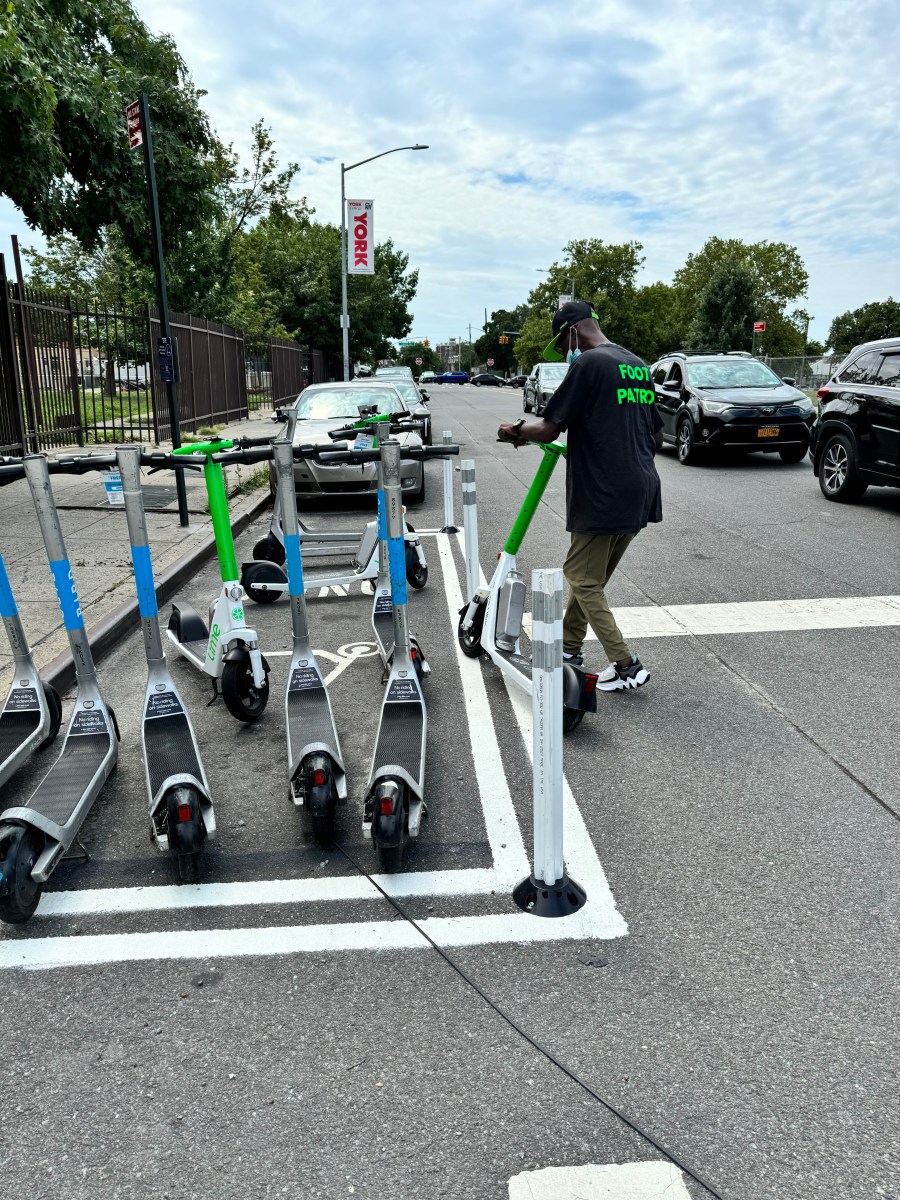
Paige Miller, senior manager of policy and communications for Veo, told QNS that representatives have spoken to hundreds of community members in eastern Queens during outreach since the program’s launch.
Accessibility concerns
Concerns were also raised by residents with disabilities, who shared improperly parked scooters cause accessibility issues.
Berneal Sutherland is an automated wheelchair user living in St. Albans. She shared with QNS that the e-scooters were an obstacle during her recent commute down Murdoch Avenue.
“It just blew my mind because there’s no way to get down the sidewalk. They were left standing side-by-side, and the sidewalk was surrounded by grass on both sides. I couldn’t drive around them in any way or between them,” she said.
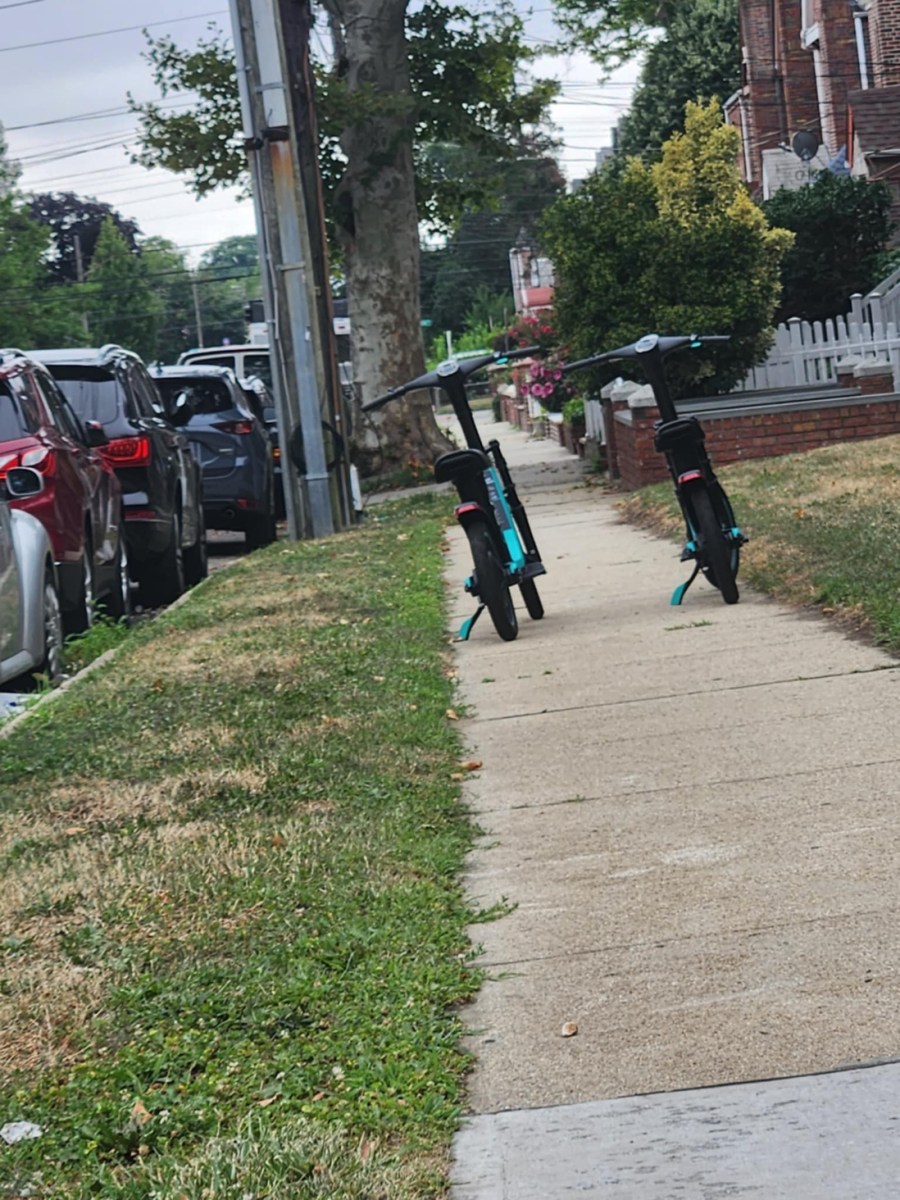
Sutherland added that she normally travels by herself, so she does not have another person to assist her in moving the scooters out of her path. She and many other residents feel the scooter program should have a similar docking rack to Citi Bikes.
Jamaica resident Courtney Golden-Murphy echoed Sutherland’s concerns on e-scooter docking. “I don’t like the idea of just being able to leave them anywhere. I feel just like the Citi bikes they should have some sections and lanes for them where you can return it wherever other scooters are,” she wrote in a Facebook comment to QNS. Murphy optimistically added that the e-scooters could be a good thing for the unemployed who would like to get into delivery driving.

The DOT e-scooter program has parking rules for shared e-scooters that vary based on location within the service area. There are two types of parking: free-floating and mandatory corral zones. In free-floating parking, residents can park the e-scooters in the “furniture zone” of a sidewalk, which includes areas next to bus stops, tree pits, parking signs and benches.
Mandatory corral zones are areas within the service area where users must park their shared e-scooter in a designated parking corral to end their trip. The corrals are painted white and are located on sidewalks or roadbeds. Currently, a continuously updated map is available for residents to view the shared e-scooter parking and riding zones.
DOT representatives told QNS that the organization is “encouraged by the participation and response to the e-scooter program in Eastern Queens only three weeks since its launch.”
“We will continue to work with the local communities on rolling out this new program and will make any adjustments as needed.”
Community support
Despite the numerous complaints about e-scooters, some residents maintain a positive attitude.
Denne Butler lives with her husband and two children on Union Hall Street in Jamaica. She said she loves the e-scooter program and is excited to try it out with her family.
“I was just telling my husband and my children it’s very convenient. Let’s say you’re waiting on the bus and you start walking and you don’t feel like walking anymore, I can just hop on a scooter,” she said. Butler said her husband recently had a good experience riding one of the e-scooters part of the pilot program. “He said it was convenient; he walked, got on it and went where he had to go,” she said.
Butler said despite other’s complaints, the program is serving its purpose. “The purpose was for them to be all over and be accessible wherever, whenever, and I think the [program] is doing what it needs to do.”
Other supporters added that the program is safe and has built-in safety features. For instance, all new riders are required to complete in-app safety training; furthermore, riders are limited to a speed limit of 10 miles per hour during their first three trips, and riding during overnight hours is capped.

